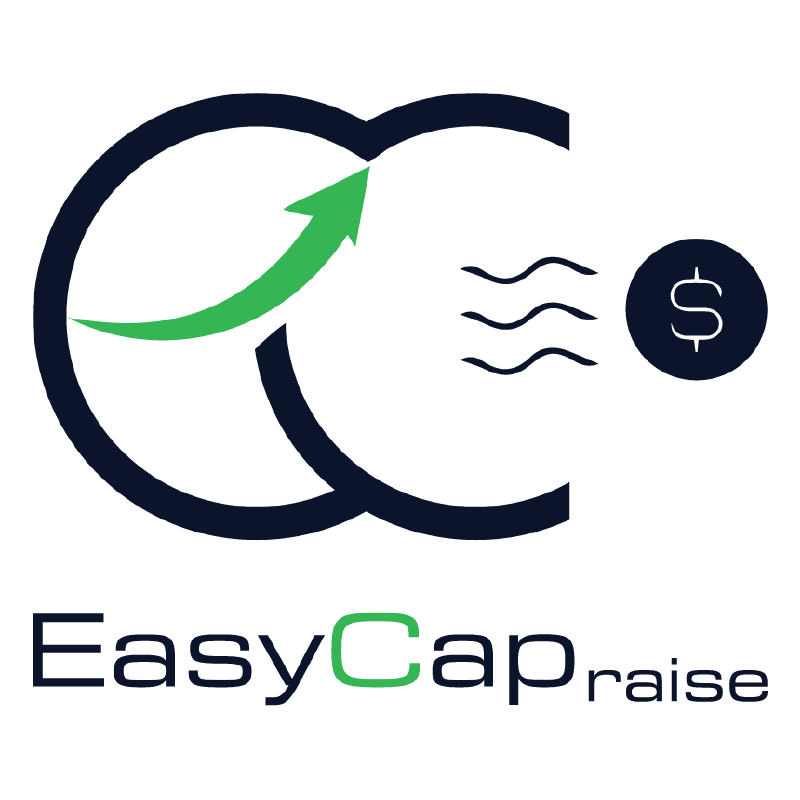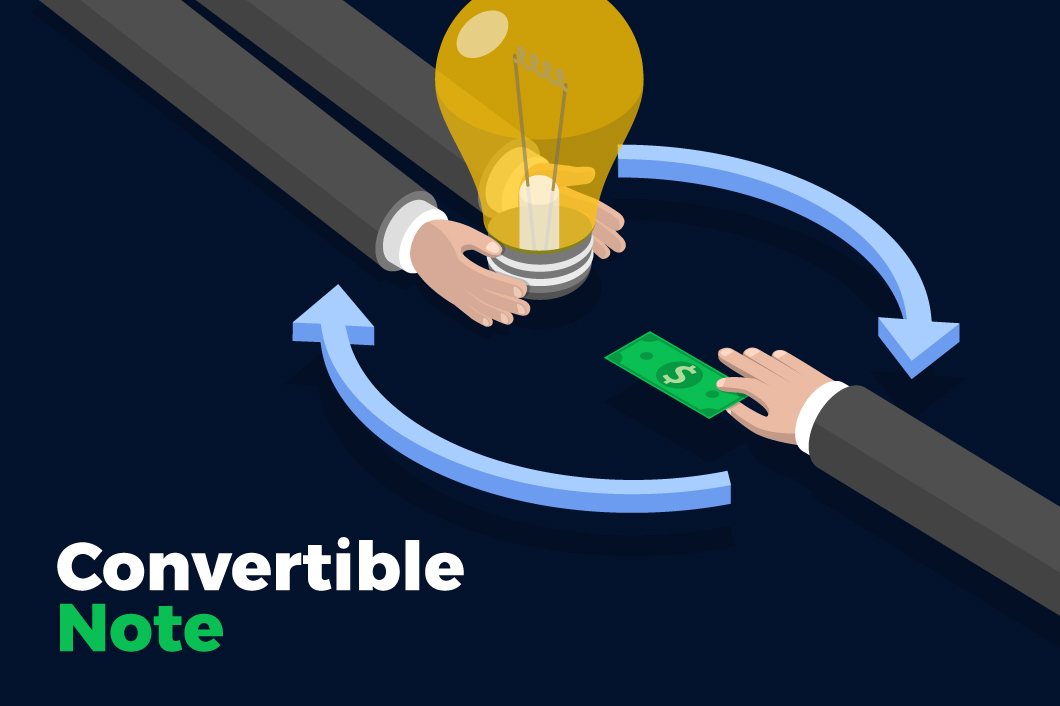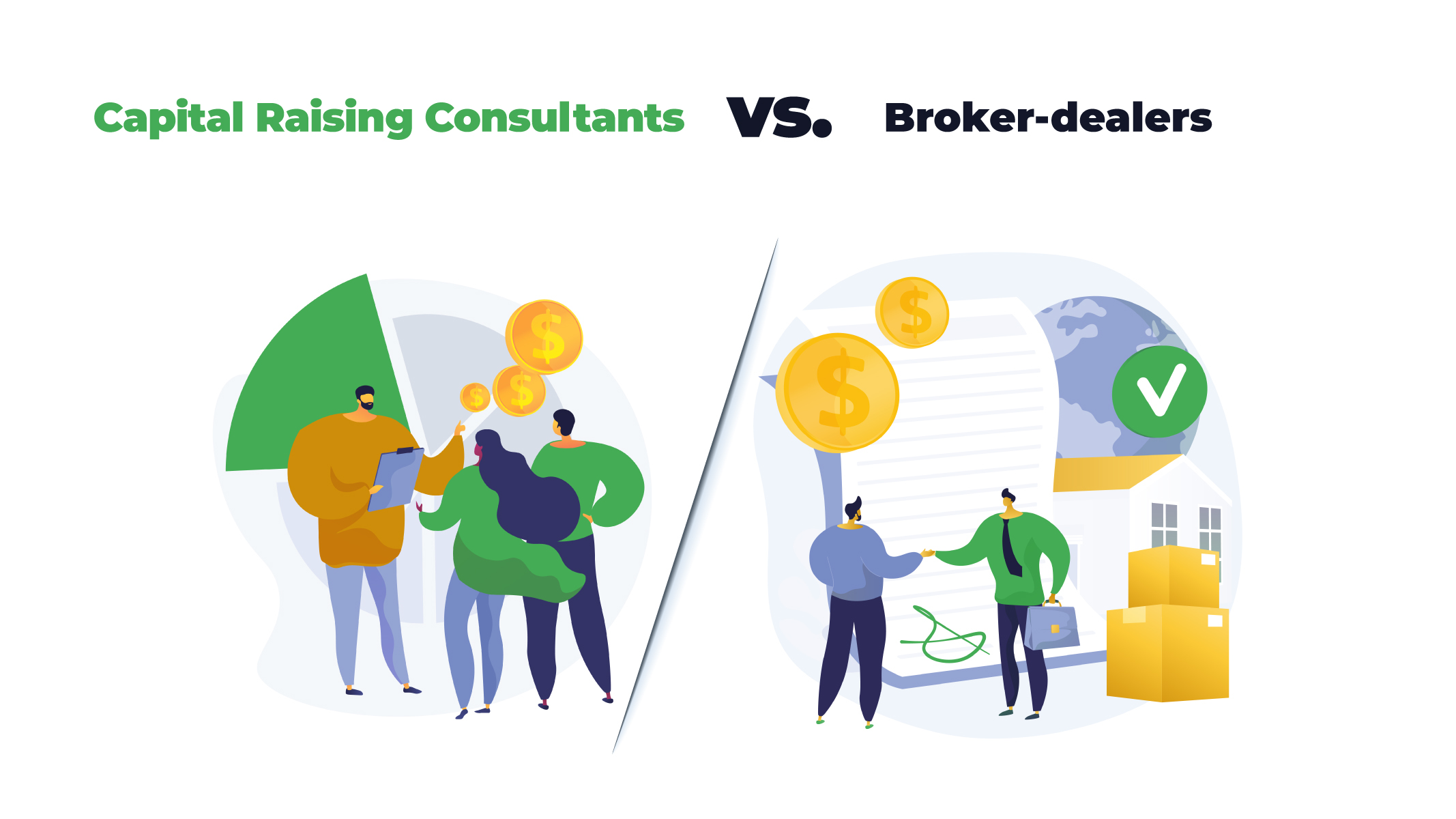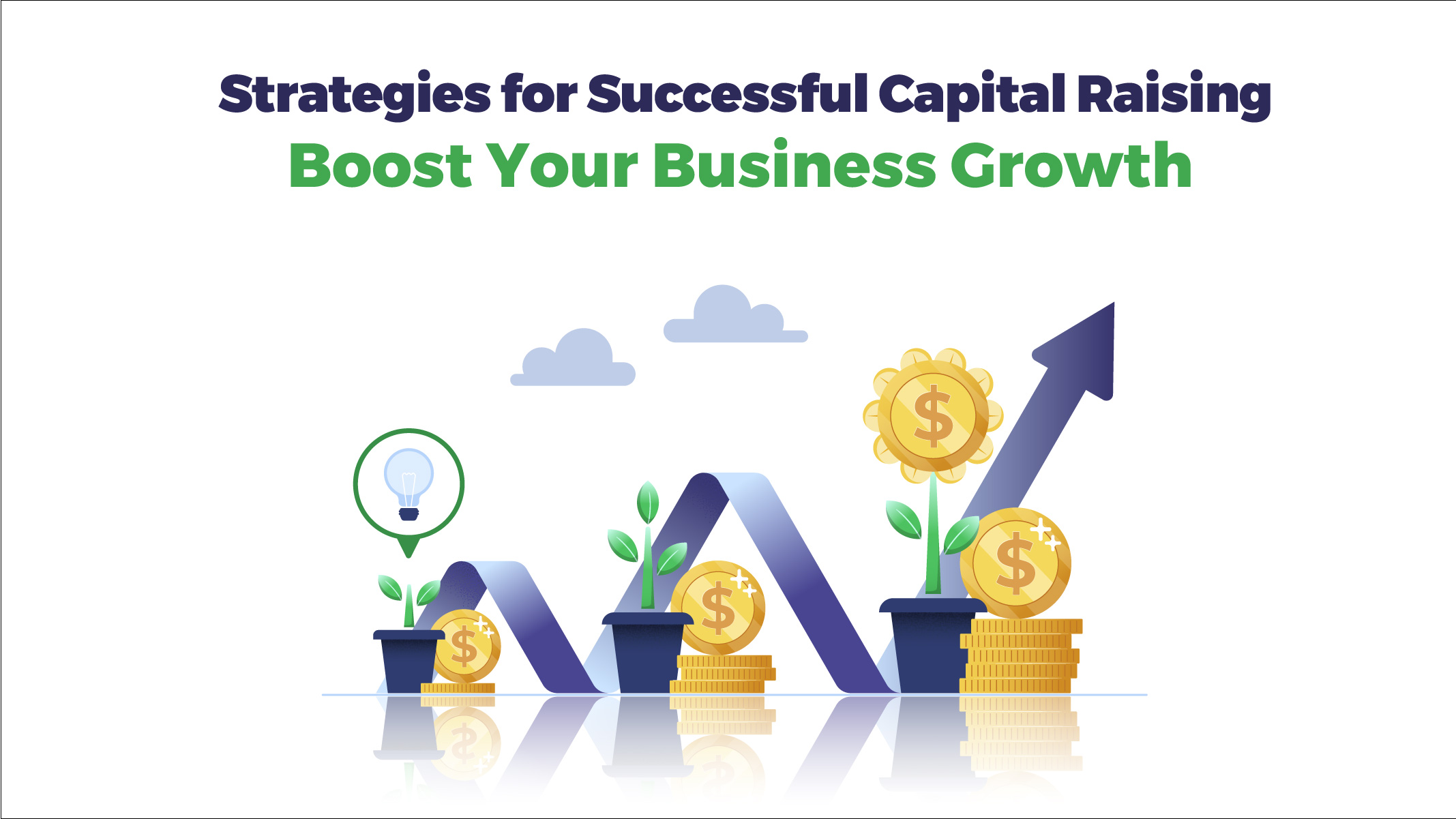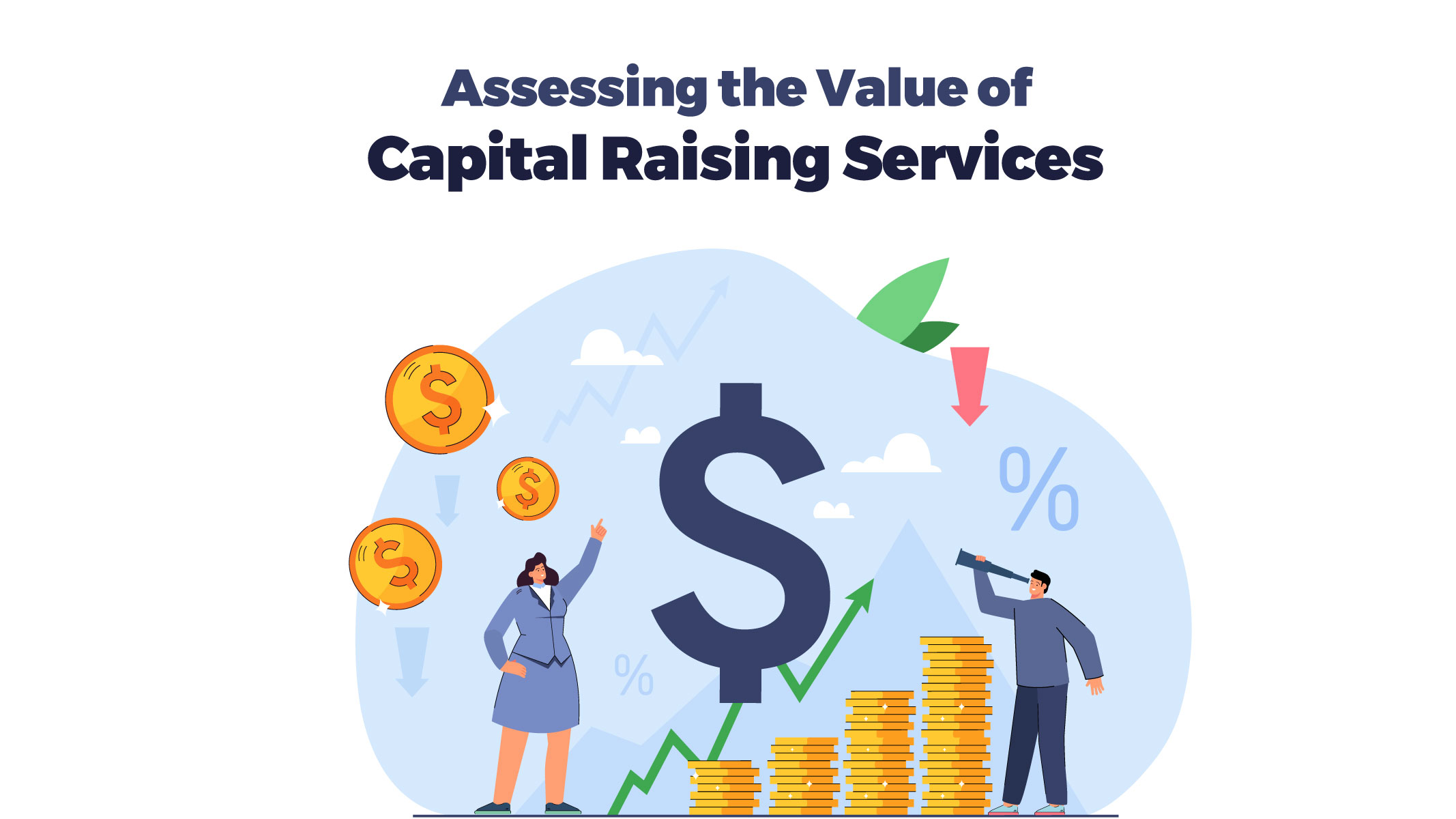What is a convertible note?
A convertible note is similar to a loan, except instead of using an asset like a house as collateral, the company stock serves as the security at a future-determined valuation for the business. This means that the investor also needs to believe in the business to invest, because it is the intention of the investor to convert its note into stock.
It is challenging to define a firm valuation. There are often few data points and too many unknowns, so an investor often says, “I will give you the money so you can grow immediately. In a year or so, we will have the data to support a price, a traditional funding round, so my investment will convert then.” Convertible notes have a few terms that can be hard to grasp, so let’s look at some examples.
Convertible Note First Scenario
I) A and B are business founders and want to raise money. As a result of negotiations, C invests $500,000 in the company through convertible notes. One year later, they will succeed to attract a new investor, D, who is prepared to spend $1,000,000 on a pricing round that values the firm at $5,000,000. With the money they get, they develop as anticipated, and their business appears to be in good condition and has a lot of potential.
The convertible note is activated when this new investment is made. Notes come with an interest rate and a discount as payment to C for his early faith in this business. The interest is typically 5%–6%, and the discount is 10%–25%. This is a discount on the valuation set by the new investor.
In this case, again, C invested one year before D’s round, so he’s earned about $25,000 in interest. When the day comes, C converts $525,000 at $4,000,000 instead of the $5m valuation D got (that’s the 20% discount).
D then invests his $1,000,000 at the $5,000,000 valuation.

Convertible Note Second Scenario
II)Let’s look at another scenario where the company grows tremendously fast. In a couple of years, the company finds a new investor that values the business at $50,000,000.
Even with the 20% discount, C’s valuation to convert is $40,000,000, so his original $500,000 investment would convert to less than 1.5% of the company. The risk/upside tradeoff taken by C was not fairly compensated in this investment in the company.
This is why notes have a Valuation Cap. A Cap is a maximum valuation at which the note will convert.
Let’s consider the Cap, in this case, was $7m. So, what would happen is that, while the new investors will invest in the company valuing it at $50,000,000, C will convert his note at the Cap, resulting in a ~6x paper return on C’s investment.
The same mechanism will apply if the company is acquired.
Convertible Note Third Scenario
III) Let’s examine a third possibility, which is less often discussed: what if the business doesn’t grow?
At the maturity date, the holders of Convertible Notes may elect to convert their notes and interest at the Valuation Cap or request a payback if the firm cannot get additional investment in the future due to failing to gain proper traction. Investors will likely request a convertible note payback only if the company can afford it from this point forward.
They might also think that converting at the Cap would be too expensive for the company at the moment. The company will likely need to declare bankruptcy if the investors execute the notes.
Since the business lacks the assets to pay the notes, it will also lose all (or most) of its money.
In these situations, the corporation and the holders of convertible notes agree to one of the following:
- postponing the notes’ maturity date and keep accruing interest. This allows the company time and an opportunity to speed up growth and be able to secure new funding
- sign into a repayment schedule, whereby the business will pay the notes over a certain length of time and in many payments rather than all at once on the due date.
So, summarizing a convertible note is an investment with an interest rate, a cap, and a discount. The note is triggered or executed,
- Ideally, on a new round of funding.
- Also, ideally, if the company is acquired.
- Otherwise, at a predefined deadline or maturity date, often 18 or 24 months after the original investment. At this point, investors can negotiate a note extension, convert it at the Cap, or request a payback if the company can afford it.
Contact us
Good to have you here! If you have any queries, please leave your message. Our team will reach out soon:)
.
